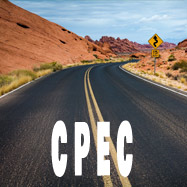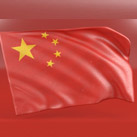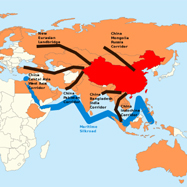Pakistan’s CPEC Obsession: Boon or Bane?
While the ruling elite including army in Pakistan considers CPEC a boon, many analysts view it as a Chinese game-plan to turn Pakistan into a permanent colony, a rentier-cum-client state.
- Yaqoob-ul-Hassan
- June 30, 2020








